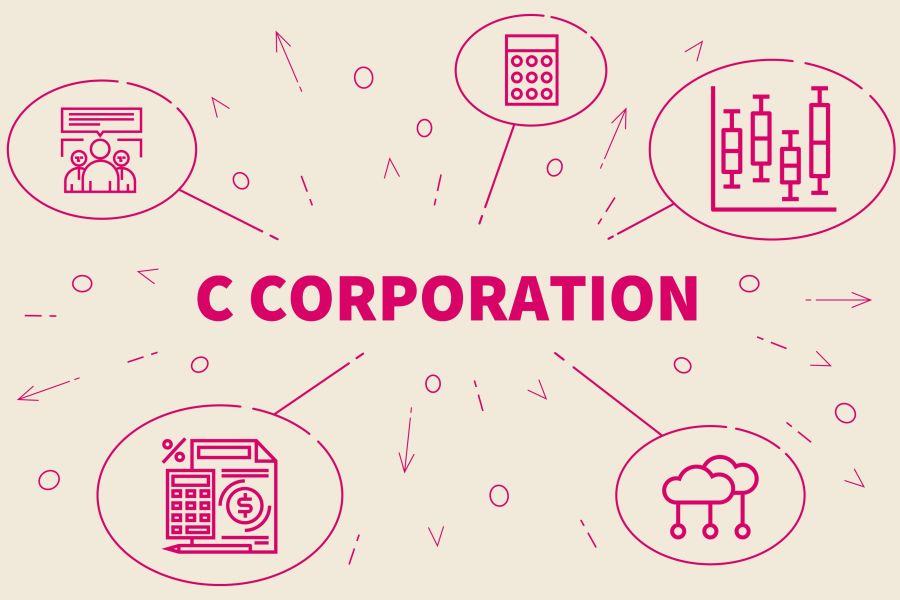As reported via IR-2023-202 on 11/1/2023 IRS opens free Energy Credit Online tool for sellers of clean vehicles to register for time-of-sale reporting and dealer advance payments for the Clean Vehicle Credit The Internal Revenue Service announced today that sellers of clean vehicles can now register using the new IRS Energy Credits Online tool, available free from the IRS. Known as IRS Energy Credits Online or IRS ECO, this free electronic service is secure, accurate and requires no special software. Though available to any business of any size, IRS Energy Credit Online may be especially helpful to any small business that currently sells clean vehicles. The IRS’s new Energy Credits Online tool will allow dealers and sellers of clean vehicles to complete the entire process online and receive advance...

This post provides expanded coverage of the CARES Act, Congress’s gigantic economic stimulus package that the President signed into law on March 27, 2020. PROVISIONS AFFECTING INDIVIDUALS Recovery rebates for individuals To help individuals stay afloat during this time of economic uncertainty, the government will send up to $1,200 payments to eligible taxpayers and $2,400 for married couples filing joints returns. An additional $500 additional payment will be sent to taxpayers for each qualifying child dependent under age 17 (using the qualification rules under the Child Tax Credit). Rebates are gradually phased out, at a rate of 5% of the individual’s adjusted gross income over $75,000 (singles or marrieds filing separately), $122,500 (head of household), and $150,000 (joint). There is no income floor or ‘‘phase-in’’—all recipients who are under...
The IRS opened the 2018 income tax return filing season on January 28. Even if you typically don’t file until much closer to the April 15 deadline, this year consider filing as soon as you can. Why? You can potentially protect yourself from tax identity theft — and reap other benefits, too. What is tax identity theft? In a tax identity theft scheme, a thief uses your personal information to file a fraudulent tax return early in the filing season and claim a bogus refund. You discover the fraud when you file your return and are informed by the IRS that the return has been rejected because one with your Social Security number has already been filed for the same tax year. While you should ultimately be able...
The flat 21% federal income tax rate for C corporations under the Tax Cuts and Jobs Act (TCJA) has been great news for these entities and their owners. But some fundamental tax truths for C corporations largely remain the same: C corporations are subject to double taxation Double taxation occurs when corporate income is taxed once at the corporate level and again at the shareholder level as dividends are paid out. The cost of double taxation, however, is now generally less because of the 21% corporate rate. And double taxation isn’t a problem when a C corporation needs to retain all its earnings to finance growth and capital investments. Because all the earnings stay “inside” the corporation, no dividends are paid to shareholders, and, therefore, there’s no double...
As you likely know by now, the Tax Cuts and Jobs Act (TCJA) reduced or eliminated many deductions for individuals. One itemized deduction the TCJA kept intact is for investment interest expense. This is interest on debt used to buy assets held for investment, such as margin debt used to buy securities. But if you have investment interest expense, you can’t count on benefiting from the deduction. 3 hurdles There are a few hurdles you must pass to benefit from the investment interest deduction even if you have investment interest expense: You must itemize deductions. In the past this might not have been a hurdle, because you may have typically had enough itemized deductions to easily exceed the standard deduction. But the TCJA nearly doubled the standard...
Commercial buildings and improvements generally are depreciated over 39 years, which essentially means you can deduct a portion of the cost every year over the depreciation period. (Land isn’t depreciable.) But special tax breaks that allow deductions to be taken more quickly are available for certain real estate investments. Some of these were enhanced by the Tax Cuts and Jobs Act (TCJA) and may provide a bigger benefit when you file your 2018 tax return. But there’s one break you might not be able to enjoy due to a drafting error in the TCJA. §179 expensing This allows you to deduct (rather than depreciate over a number of years) qualified improvement property — a definition expanded by the TCJA from qualified leasehold-improvement, restaurant and retail-improvement property. The TCJA...
A variety of tax-related limits affecting businesses are annually indexed for inflation, and many have gone up for 2019. Here’s a look at some that may affect you and your business. Deductions §179 expensing: Limit: $1.02 million (up from $1 million) Phaseout: $2.55 million (up from $2.5 million) Income-based phase-ins for certain limits on the §199A qualified business income deduction: Married filing jointly: $321,400-$421,400 (up from $315,000-$415,000) Married filing separately: $160,725-$210,725 (up from $157,500-$207,500) Other filers: $160,700-$210,700 (up from $157,500-$207,500) Retirement plans Employee contributions to 401(k) plans: $19,000 (up from $18,500) Catch-up contributions to 401(k) plans: $6,000 (no change) Employee contributions to SIMPLEs: $13,000 (up from $12,500) Catch-up contributions to SIMPLEs: $3,000 (no change) Combined employer/employee contributions to defined contribution plans (not including catch-ups): $56,000 (up from...
If you’re like many Americans, letters from your favorite charities have been appearing in your mailbox in recent weeks acknowledging your 2018 year-end donations. But what happens if you haven’t received such a letter — can you still claim an itemized deduction for the gift on your 2018 income tax return? It depends. Basic requirements To support a charitable deduction, you need to comply with IRS substantiation requirements. This generally includes obtaining a contemporaneous written acknowledgment from the charity stating the amount of the donation, whether you received any goods or services in consideration for the donation, and the value of any such goods or services. “Contemporaneous” means the earlier of: the date you file your tax return, or the extended due date of your return. So if you...
While the Tax Cuts and Jobs Act (TCJA) generally reduced individual tax rates for 2018 through 2025, some taxpayers could see their taxes go up due to reductions or eliminations of certain tax breaks — and, in some cases, due to their filing status. But some may see additional tax savings due to their filing status. Unmarried vs. married taxpayers In an effort to further eliminate the marriage “penalty,” the TCJA made changes to some of the middle tax brackets. As a result, some single and head of household filers could be pushed into higher tax brackets more quickly than pre-TCJA. For example, the beginning of the 32% bracket for singles for 2018 is $157,501, whereas it was $191,651 for 2017 (though the rate was 33%). For...
This year, the optional standard mileage rate used to calculate the deductible costs of operating an automobile for business increased by 3.5¢, to the highest level since 2008. As a result, you might be able to claim a larger deduction for vehicle-related expense for 2019 than you can for 2018. Actual costs vs. mileage rate Businesses can generally deduct the actual expenses attributable to business use of vehicles. This includes gas, oil, tires, insurance, repairs, licenses and vehicle registration fees. In addition, you can claim a depreciation allowance for the vehicle. However, in many cases depreciation write-offs on vehicles are subject to certain limits that don’t apply to other types of business assets. The mileage rate comes into play when taxpayers don’t want to keep track of actual...











